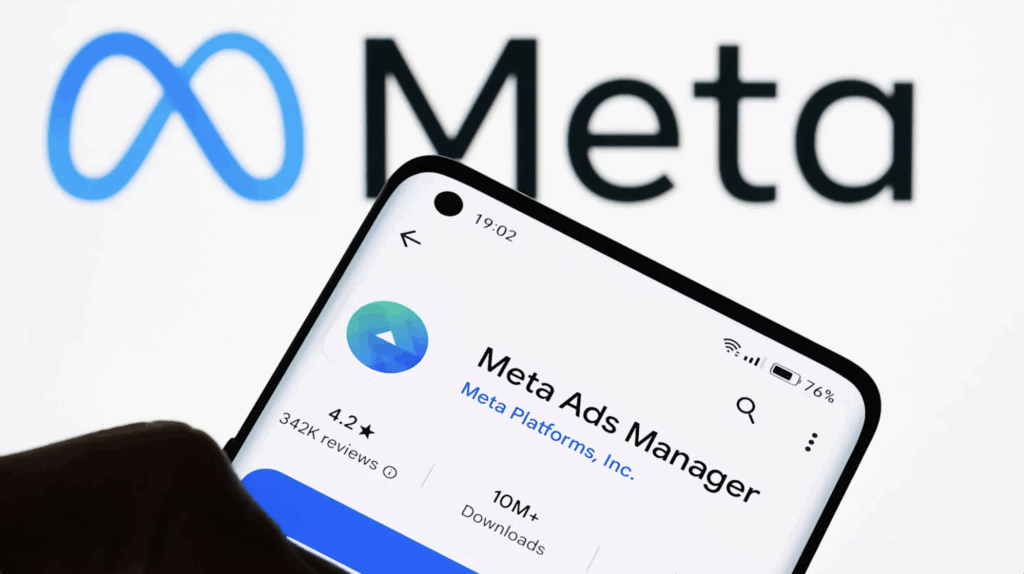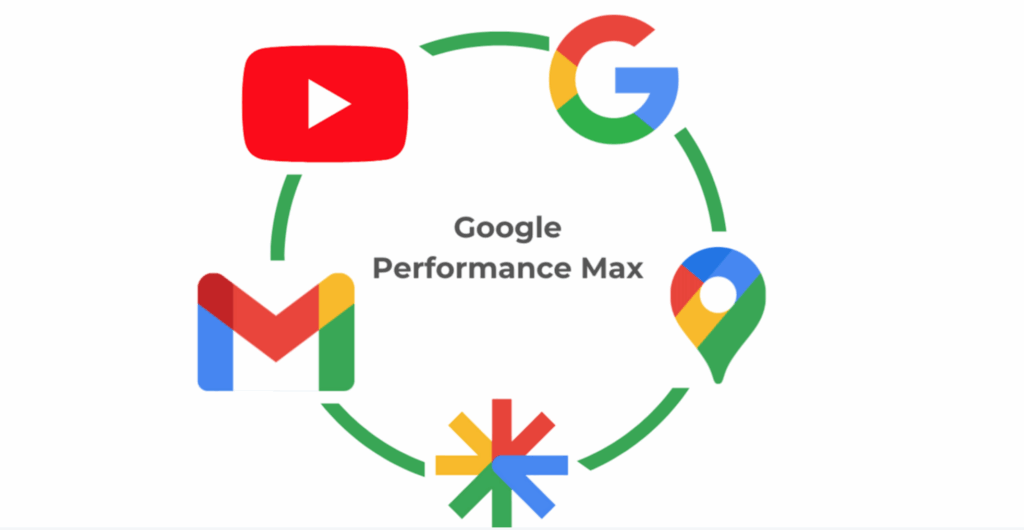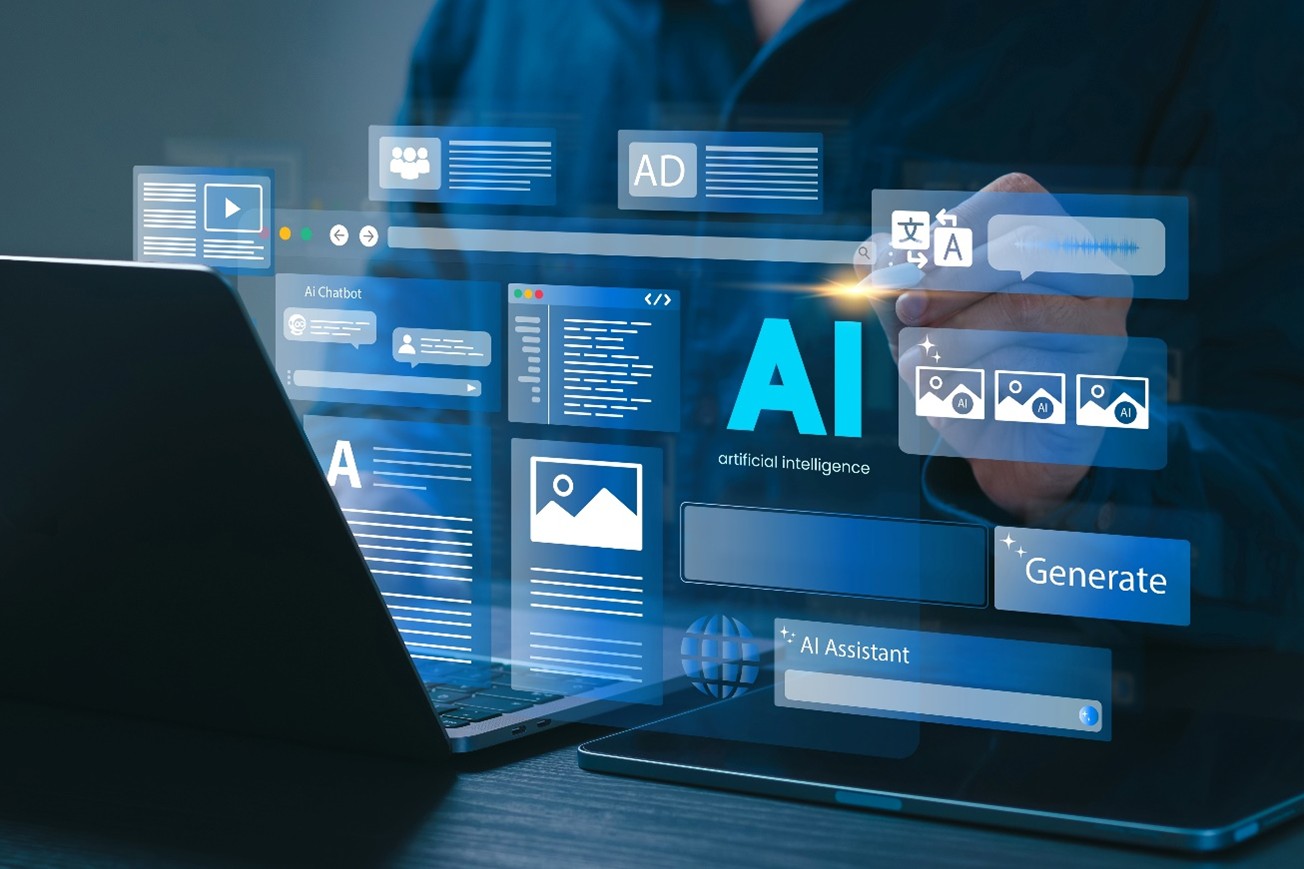The rise of artificial intelligence has completely rewritten the rules of paid advertising. From automated targeting to AI-assisted copywriting, every major ad platform — Meta, Google, TikTok, and even LinkedIn — now leans on machine learning to make campaigns smarter and more efficient.
But while AI is transforming how we build and optimize ads, it hasn’t replaced the thing that truly drives performance: human creativity.
Here’s how AI is reshaping the world of paid ads — and how marketers can use it to their advantage without losing their creative edge.
Smarter Targeting, Broader Reach
For years, success in paid social came down to one thing: targeting. Marketers spent hours building ultra-specific audiences based on interests, behaviors, and lookalikes.
Now, AI has changed that game entirely. Platforms like Meta have shifted from micro-targeting toward broad targeting powered by algorithms that find ideal customers automatically. Campaign types like Advantage+ use machine learning to analyze engagement patterns and serve ads to the people most likely to convert — even if they don’t fit your original demographic assumptions.

This shift means advertisers can focus less on audience guesswork and more on creative strategy. The best-performing campaigns today aren’t just those with precise targeting — they’re the ones that give AI enough data to do its job while using compelling creative to capture attention.
Automation That Works While You Sleep
Automation has been around for years, but AI has taken it to a new level.
Tools like Google’s Performance Max and Meta’s Campaign Budget Optimization (CBO) adjust spend, placements, and bidding strategies in real time based on thousands of performance signals.

In the past, you might have paused underperforming ads manually or shifted budgets weekly. Now, AI can do that automatically — learning from performance data at a scale humans can’t match.
For marketers, this means less time in the weeds tweaking settings and more time focusing on storytelling, positioning, and creative ideation — the areas AI still can’t replicate.
Creative That Learns and Adapts
AI isn’t just optimizing where ads are shown — it’s also changing what’s shown.
Dynamic Creative Optimization (DCO) allows platforms to test multiple variations of copy, images, and calls-to-action automatically. Within hours, the algorithm can identify the top-performing combination and push that to more users.
Beyond the platforms themselves, AI-powered creative tools like Jasper, Midjourney, and Runway are becoming mainstream in ad production. They help marketers brainstorm ad copy, generate product visuals, or repurpose video content at scale.
But here’s the key: AI can produce variations, not vision. It’s a tool for efficiency, not originality. The most effective ads still come from ideas rooted in human insight — an emotion, a story, or a cultural reference that connects in a way no algorithm can predict.
Where AI Still Falls Short
As powerful as AI is, there are things it simply can’t do (at least not yet).
1. Understanding human emotion.
AI can predict behavior patterns but can’t feel empathy. It doesn’t know what it’s like to crave community, feel inspired, or laugh at a clever inside joke — all emotions that drive conversion.
2. Reading the cultural moment.
Trends move fast, especially on platforms like TikTok. AI can analyze data, but it can’t sense when a meme has gone stale or when a tone-deaf message might backfire. That level of nuance still requires human oversight.
3. Thinking strategically.
AI optimizes for metrics — clicks, conversions, and ROAS. But it doesn’t understand context — your brand’s story, seasonality, or long-term positioning. Marketers need to interpret data through a human lens to make decisions that support bigger business goals.
How to Use AI Without Losing the Creative Edge
AI is here to stay — so the key isn’t avoiding it, but learning to collaborate with it.
Use AI for brainstorming, not replacing.
Let AI spark ideas for headlines, hooks, or imagery. Then refine those ideas to sound authentic and on-brand.
Automate the repetitive, elevate the original.
Delegate bidding, budget pacing, and reporting to AI tools so you can focus on the creative work that machines can’t replicate.
Blend UGC + AI tools for authenticity.
Use AI to enhance editing and captions while keeping real people and real moments at the center of your ads.
Let AI inform strategy — not dictate it.
Use AI-generated insights as data points, not directions. You still need to connect the dots between analytics and audience psychology.
The Future: Collaboration, Not Competition
AI isn’t replacing paid social marketers — it’s redefining what makes them valuable. The next generation of top performers won’t just be media buyers or creatives; they’ll be AI-fluent storytellers who know how to blend data-driven precision with human emotion.
The platforms will keep evolving, the algorithms will keep learning, and automation will keep expanding — but creativity, strategy, and intuition will always be the true competitive advantage.
Because at the end of the day, even the smartest algorithm still needs a human to tell it what story to tell.
- How AI Is Reshaping Paid Ads - October 16, 2025
- Champagne Branding On A Long Island Iced Tea Budget - September 24, 2025
- Everything Is Starting to Look the Same… Even Logos. - September 4, 2025


0 Comments